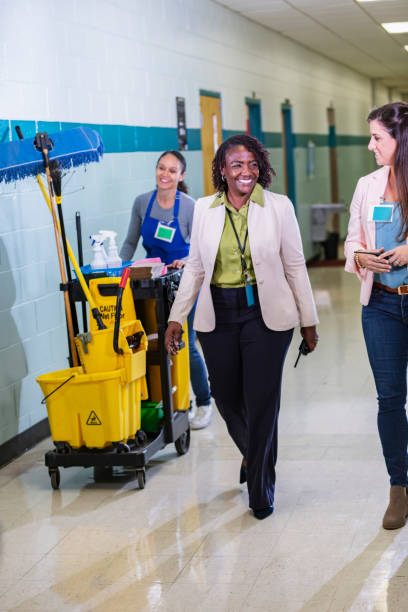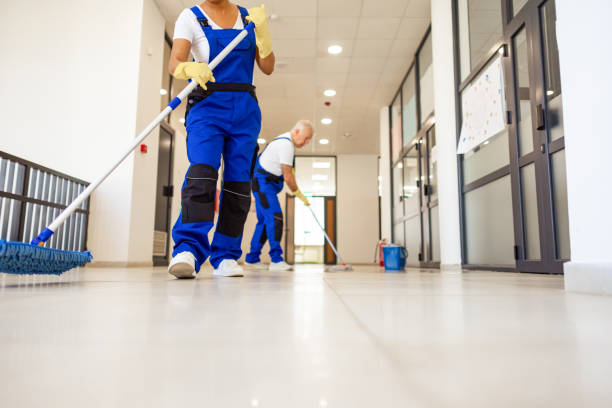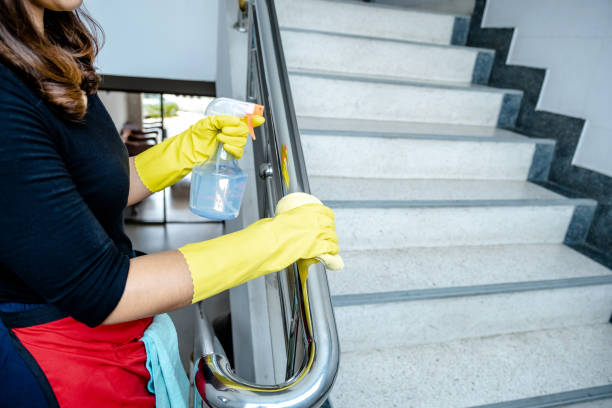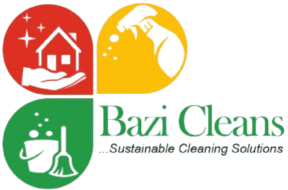Commercial buildings experience significant footfall daily, especially in high-traffic areas such as lobbies, hallways, restrooms, and break rooms. Keeping these spaces clean is crucial for maintaining a professional image, ensuring health and safety, and extending the lifespan of flooring and furnishings. A well-maintained environment also boosts employee productivity and leaves a lasting positive impression on visitors and clients.
In this guide, we’ll explore 10 essential strategies to effectively maintain cleanliness in high-traffic areas.

1. Implement a Daily Cleaning Schedule
A structured cleaning schedule is essential for maintaining hygiene in high-traffic spaces.
Key Steps for an Effective Cleaning Routine:
- Assign specific tasks to cleaning staff based on time slots.
- Increase cleaning frequency during peak hours.
- Utilize cleaning checklists to ensure consistency.
- Perform routine quality inspections.
2. Use High-Quality Entrance Mats
Dirt and moisture from shoes can make commercial spaces dirty and hazardous.
How Entrance Mats Help:
- Trap dirt and debris before it spreads.
- Reduce floor wear and tear.
- Prevent slip-and-fall accidents.
- Improve indoor air quality by minimizing dust.

3. Invest in Commercial-Grade Cleaning Equipment
Standard household cleaning tools won’t suffice for large commercial spaces.
Essential Equipment for High-Traffic Areas:
- Industrial vacuum cleaners with HEPA filters.
- Auto-scrubbers for hard floors.
- High-pressure steam cleaners for restrooms and kitchens.
- Microfiber mops and dusters for efficient dirt trapping.
4. Use Durable and Easy-to-Clean Flooring
Flooring in high-traffic areas takes a beating daily.
Best Flooring Choices for High-Traffic Areas:
- Vinyl flooring for its durability and ease of cleaning.
- Epoxy-coated concrete for commercial kitchens and warehouses.
- Low-pile carpet tiles that are stain-resistant and replaceable.
- Slip-resistant tiles for restrooms and entryways.
5. Increase Waste Bin Accessibility and Frequency of Emptying
Overflowing trash cans create a negative impression and pose hygiene risks.
Tips to Keep Trash Under Control:
- Place waste bins strategically throughout the building.
- Use separate bins for recyclables, general waste, and food waste.
- Empty bins frequently, especially in food service areas.
- Use odor-control trash liners for enhanced cleanliness.
6. Focus on Restroom Cleanliness and Hygiene
Restrooms are one of the most sensitive high-traffic areas that require extra attention.
Best Practices for Clean Restrooms:
- Sanitize sinks, toilets, and urinals multiple times a day.
- Restock toilet paper, soap, and paper towels regularly.
- Install air fresheners to maintain a pleasant environment.
- Deep-clean floors and walls weekly to prevent grime buildup.
7. Disinfect High-Touch Surfaces Frequently
High-touch points harbor germs and bacteria, especially in busy commercial spaces.
Common High-Touch Areas That Require Regular Disinfection:
- Elevator buttons and handrails.
- Door handles and push plates.
- Light switches and thermostat controls.
- Reception desks and waiting room furniture.
- Office equipment like shared printers and keyboards.

8. Encourage Employee and Visitor Participation
Maintaining cleanliness isn’t just the responsibility of janitorial staff.
Ways to Promote a Culture of Cleanliness:
- Place signage encouraging employees and visitors to keep areas clean.
- Provide disinfectant wipes in shared workspaces.
- Install foot-pedal trash bins to reduce touchpoints.
- Offer training on hygiene best practices for employees.
9. Improve Indoor Air Quality
Dust, allergens, and pollutants can compromise indoor air quality, affecting employees’ health.
How to Enhance Air Quality:
- Use HEPA-filtered air purifiers.
- Maintain HVAC systems by replacing filters regularly.
- Schedule routine deep-cleaning for carpets and upholstery.
- Introduce indoor plants that help purify the air.
10. Schedule Deep Cleaning Regularly
Routine cleaning isn’t always enough—deep cleaning is essential for long-term maintenance.
Deep Cleaning Essentials:
- Shampoo carpets and deep-clean grout lines in tiled areas.
- Strip and wax hard floors every few months.
- Pressure wash outdoor areas like entryways and parking lots.
- Sanitize upholstery, drapes, and office chairs to remove allergens.
Additional Suggestions for Maintaining Cleanliness
- Hire a professional cleaning service: Outsourcing to experts ensures thorough cleaning with industry-standard techniques.
- Install motion-sensor faucets and soap dispensers: Reduces touchpoints in restrooms and break rooms.
- Use non-toxic, eco-friendly cleaning solutions: Protects the health of employees and visitors while being environmentally responsible.
- Encourage employees to declutter workspaces: Reducing clutter minimizes dust accumulation and creates a more organized environment.
- Upgrade lighting: Brighter spaces highlight cleanliness and make it easier to spot areas that need attention.
- Implement a pest control plan: Preventative measures like sealing gaps and proper food storage help keep pests away.
Final Thoughts
Keeping high-traffic areas in a commercial building clean requires strategic planning, consistency, and the right tools. A well-maintained environment enhances productivity, improves health and safety, and upholds the reputation of the business. By implementing these 10 essential strategies, along with additional maintenance tips, you can ensure a cleaner, healthier, and more welcoming space for employees, visitors, and clients.
Take Action Today!
Evaluate your commercial space, implement these cleaning strategies, and set up a sustainable cleaning plan that works best for your business.
